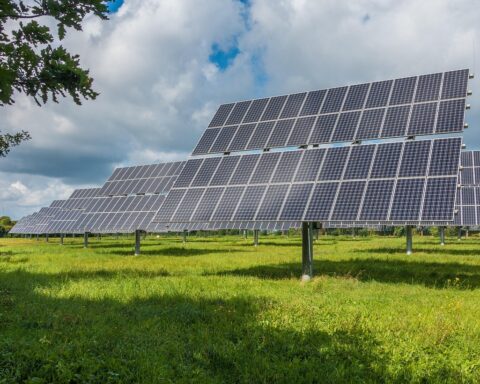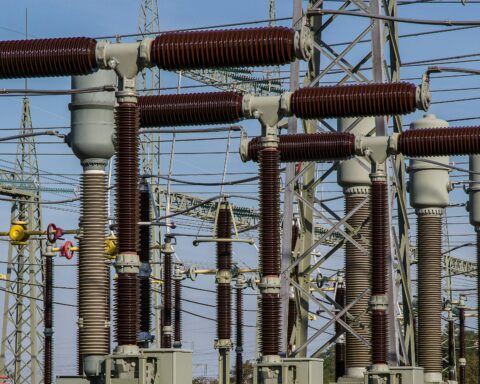The Bureau of Ocean Energy Management (BOEM) has released its Final Environmental Assessment for an offshore wind research lease in the Gulf of Maine. The move marks a significant step toward developing floating offshore wind technology in the region. The environmental assessment is necessary before BOEM can proceed with a sale, after initiating the offshore wind lease process at the beginning of May.
The research lease, requested by the state of Maine in October 2021, aims to study floating offshore wind energy technology and its potential for deployment in the Gulf of Maine. The proposed research site, located 28 nautical miles off the coast of Maine, southeast of Portland, could potentially accommodate up to 12 floating offshore wind turbines generating up to 144 megawatts of renewable energy.
“Floating wind technology can make offshore wind a reality in the Gulf of Maine,” BOEM Director Elizabeth Klein said in a press release. “BOEM will continue to work in partnership with the state of Maine as we move forward to facilitate the responsible development of offshore wind in this region, as well as the deployment of floating offshore wind technology nationwide.”
Offshore wind leases have become increasingly important as the United States seeks to transition to cleaner energy sources and combat climate change. Since 2021, BOEM has made significant strides in this area, approving eight utility-scale offshore wind energy projects and holding four offshore wind lease auctions.
From Maine to the coast of New York and New England, the Carolinas, the Gulf of Mexico and the Pacific, these efforts are part of a larger goal to generate 30 gigawatts of electricity from offshore wind by 2030, enough to power upwards of 10 million homes across the country.
After considering environmental assessments and public comments, BOEM found issuing the research lease and related activities would have no significant impact on the environment. As a result, an Environmental Impact Statement is not required under the National Environmental Policy Act, which would have slowed the leasing process. BOEM offered the research lease to the State of Maine on May 24, 2024, and the state has 30 days to accept, reject or request modifications.
The Gulf of Maine research lease is just one of many offshore wind projects in the works. The Department of the Interior has unveiled proposals for offshore wind energy auctions in the waters off Oregon and an eventual sale in the Gulf of Maine, with the potential to produce over 18 gigawatts of offshore wind energy. These proposed auctions are part of a five-year initiative to identify viable utility-scale offshore wind projects, with a total of 12 lease sales planned through 2028.
The proposed lease schedule was announced in April. Leases will also be available this year in the Gulf of Mexico and Central Atlantic coast. In 2025 and 2026, leases will be available in the Gulf of Mexico and the Central Atlantic. In 2027, more coastal waters will open up in the Gulf of Mexico and near New York. In 2028, leases will be available along the shores of California, Maine, Hawaii and U.S. island territories.













